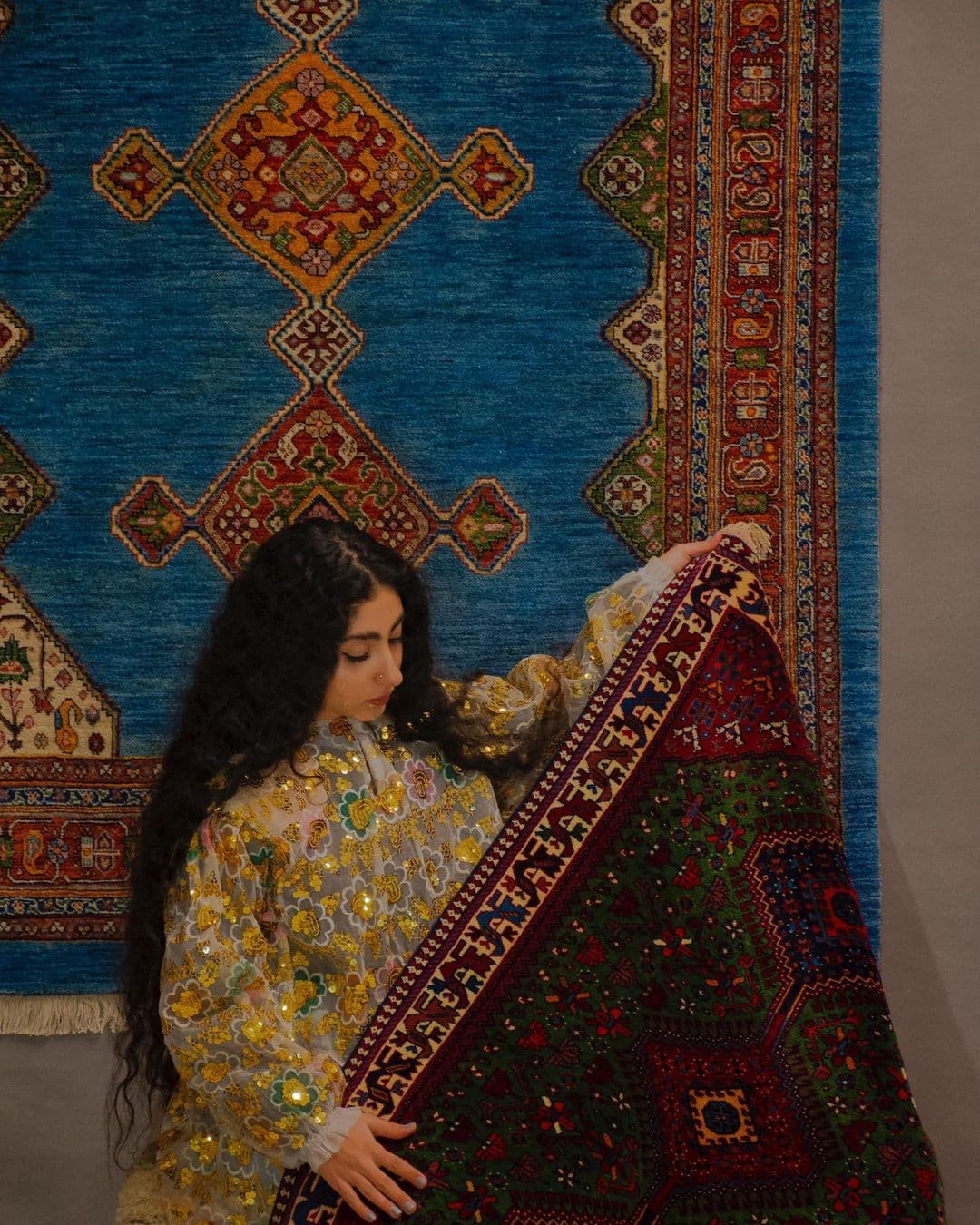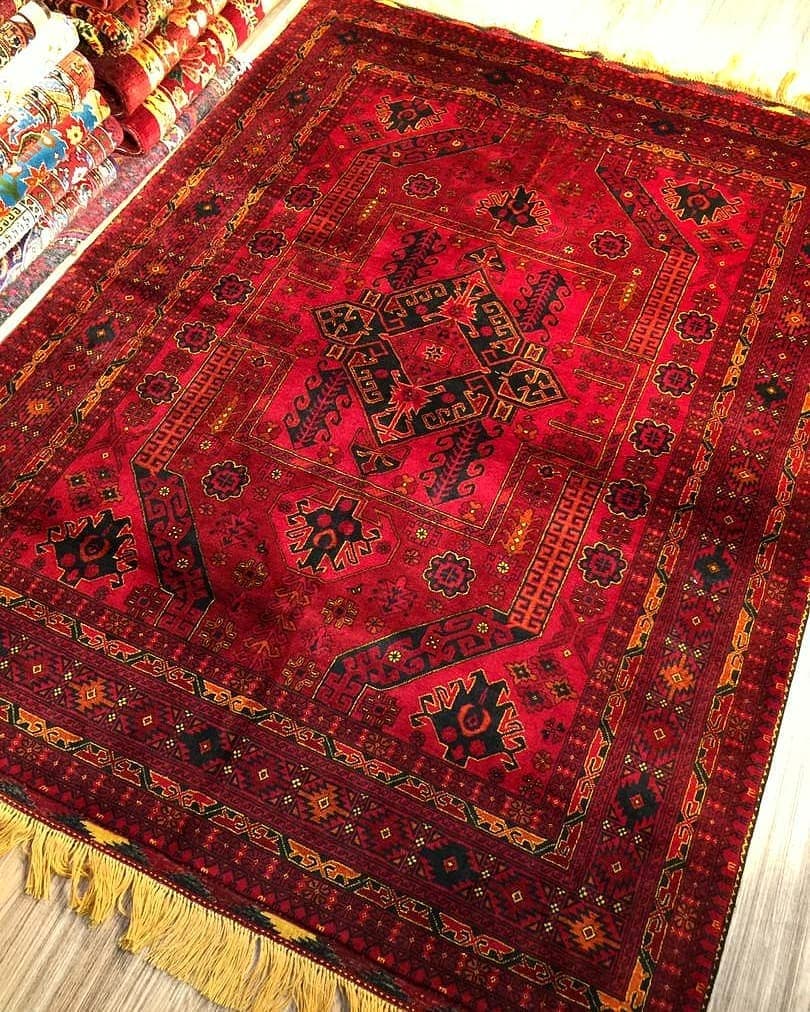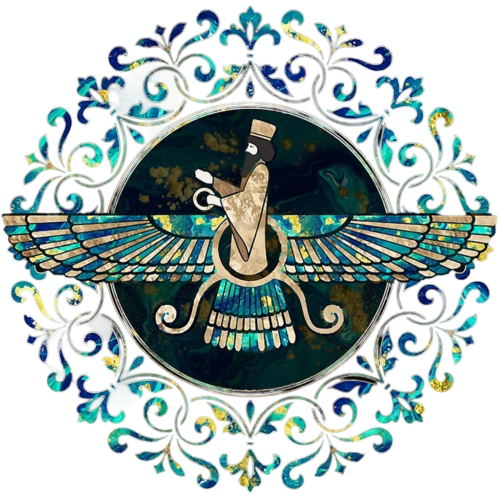Origins of Persian carpet
While studying the origins and history of Persian shop carpet , it is important to pay attention to documents that prove the existence of a woven piece in a specific period in addition to many the pieces that have survived the challenge of time and are currently treasures around the world.

After all these years every once in a while we hear about a piece resurfaced somewhere or a document discovered that takes the entire world by surprise and impresses carpet enthusiasts and researchers alike.
While closely studying the origins of Persian carpet ignoring the history of weaving itself is impossible as it plays an important role in the creation of carpet.
Additionally historical tales and anecdotes are the ingredients of historical studies related to weaving in general and carpet weaving in particular.
Some of these tales are the results of popular beliefs and at some point in history were told by famous poets and writers which will be further explained in this book.

Origins of Persian carpet Among ancient weaving tools and pieces related to weaving, the spindle is one of most important ones since using fibers of cotton and wool in order to make thread is the first step in the process of weaving, specially carpet’s.’ Many samples of spindles have been found including those made of stone, wood, bronze and clay
There are records of weaving on ancient fictile stamps. In a found sample, there are patterns of people spinning warps around some wooden or metal rod which is either vertically planted in the ground or is placed on some form of base.
The beginning of the weaving process for floor coverings, specially carpet’s, is almost the same as these patterns on the found fictile stamps. There is another stamp with a bit different pattern on it. It shows a woven piece (a piece of cloth or floor covering such as a carpet) and loose warps come out of the woven piece.Origins of Persian carpet Even though these stamps are old, their pattern can be seen in real life today as in some weaving centers in Iran, people still use looms as described.

Arguably some of the oldest findings about carpet weaving in Iran are carpet hook knives found in some historical sites.
These findings prove that in the 1st millennium B.C. carpet weaving was popular among Iranians, specially from north to southwest region of Iran. It seems likely that in places in- between these specific weaving centers, carpet weaving was also popular among residents although further discoveries must be made in order to be certain.

Russian archaeologist, Igor Khlopin, managed to find some other type of weaving tool which looks a lot like weaving knives (used by Iranian weavers today) in central Asia. These tools are also dated back to the 1st millennium B.C. and they show the popularity of carpet weaving among Iranians in places that once belonged to the Persian empire .
Origins of Persian carpet The most important and perhaps the most exciting part of the historical studies and researches of Persian carpet entails unique examples that somehow managed to survive to this day.
